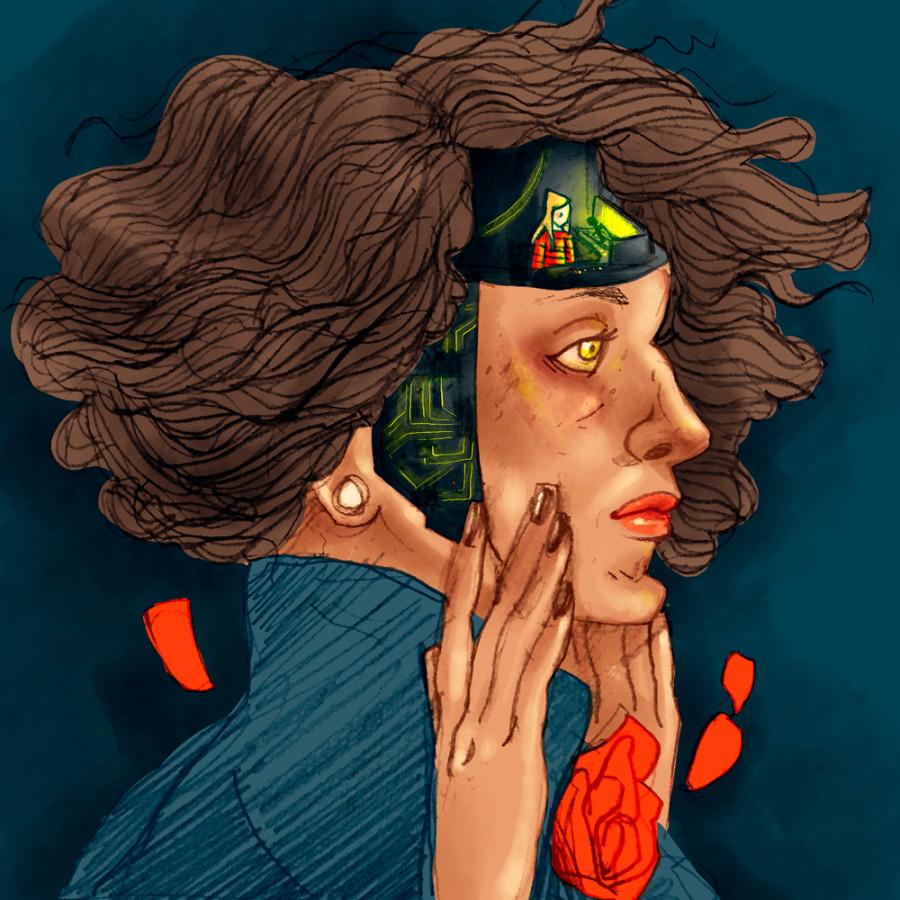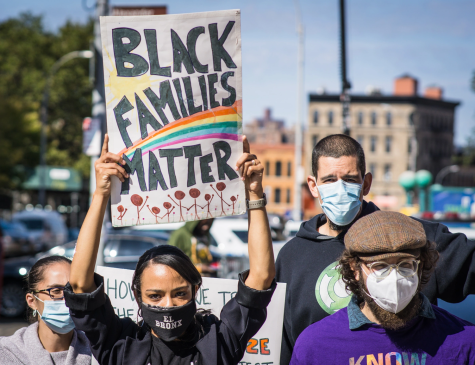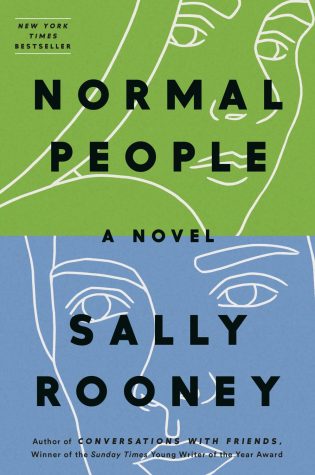Orange is NOT the new black
July 1, 2015
For the last eight years, Rachel Dolezal lived her life as a Black woman. She was president of the Spokane chapter of The National Association for the Advancement of Colored People, NAACP, in Washington since 2014. She married a Black man and they had a child together. She attended Howard University, a historically Black university. She chose to perm her hair and tan her skin, which in turn made her look closer to a Black woman.
There is nothing wrong with Dolezal choosing to identify as Black or with Black culture. It is a beautiful thing when a person chooses to fully embrace a culture that is different from the one that they were born into.
The real problem is that Dolezal withheld the truth about her identity as a white woman.
Dolezal did not intentionally mean to insult or satirize the Black population by changing her skin color. I feel she was under the impression that to truly be the person she believes she is, altering her skin color was necessary.
— Mario Bohanon
Dolezal’s life became national news when it was revealed that she was not the ethnicity she had been claiming to be. It was specifically brought up after she refused to answer a question on whether or not she was white by a reporter.
This was further agitated by the fact that the NAACP is an organization formed with the desire to provide equal rights and eliminate discrimination based on ethnicity.
What made it a national debate is that Dolezal brought a new option to the table for people, the possibility of being transracial. Transracial is when a person changes their racial identity to one of which that person truly believes that they are, similar but quite different to the topic of being transexual.
Every day, men and women straighten their hair, bleach their skin and wear contacts to change the color of their eyes, but Dolezal chose to tan herself and perm her hair, which is associated with her attempt to identify as a Black woman physically.
The idea of people changing their appearance to what they believe to be the look of another ethnicity can be offensive, which is why her doing so was controversial. There is a lot of cultural sensitivity and conflicts in belief about the physical aspects of an ethnicity. But, at the very least, Dolezal has chosen to represent herself as an educated well-mannered woman identifying with the Black culture.
It is difficult to agree with critics who ridicule her lifestyle choice and compare it to blackface. Dolezal did not intentionally mean to insult or satirize the Black population by changing her skin color. I feel she was under the impression that to truly be the person she believes she is, altering her skin color was necessary. If you claim to be Black, but are the fairest in the land, it is going to be more difficult to convince others as opposed to if your skin was darker.
The bigger issue at hand is that choosing to identify as one ethnicity or another does not genetically alter a person’s heritage or lineage.
During an interview with NBC on June 16, Dolezal said she began to identify as Black at the age of five. Though I am supportive of her choice to embrace Black culture, it is hard to believe that anyone can choose at the age of five to identify as an ethnicity different from their own, especially in a household in which both parents of the child identified as white.
However, we should not condone lying. Dolezal’s choice to identify as Black is deplorable. On an application, you should choose the ethnicity you were born as, not the one you have transitioned to.
By choosing to lie, Dolezal sends the message that it is acceptable to lie about who you really are. In doing so she has deceived the very people she has worked to stand for and be apart of. Now everyone will only know of her as the white woman that tried to be black.
















